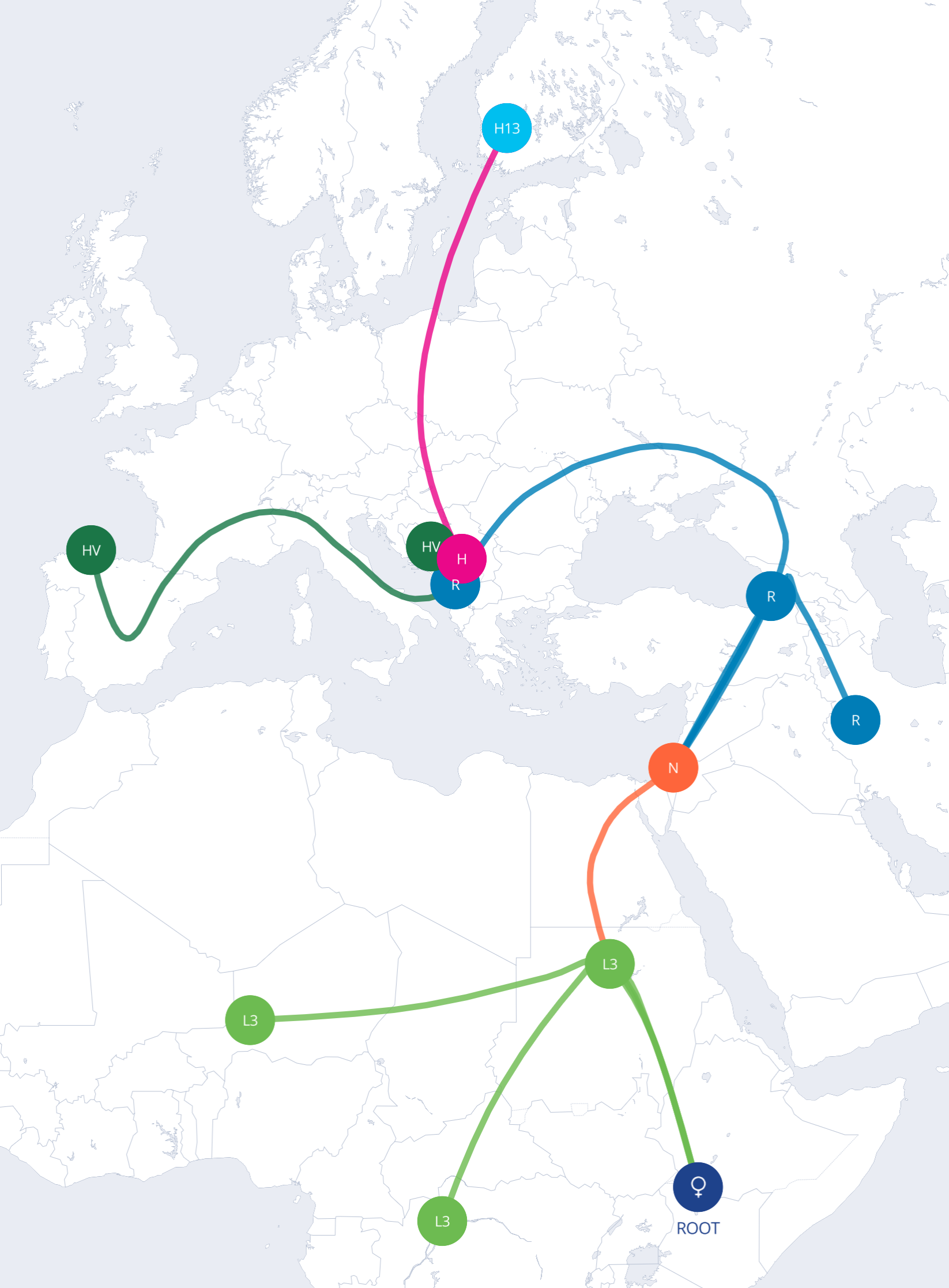In This Article
In This Article
Cataracts often feel like an inevitable part of growing older, yet family stories hint that genes also play a role. This guide explains how heredity, lifestyle, and modern eye care fit together so you can protect your vision with confidence.

Key Takeaways
A quick roadmap helps you see the big picture before diving deeper.
Cataracts form when the clear lens behind your pupil grows cloudy, causing light to scatter instead of focusing sharply on the retina. This clouding happens as lens proteins clump together and lose their precise arrangement.
Although most cataracts grow slowly, they can show up earlier in people with strong genetic tendencies or heavy exposure to risk factors such as ultraviolet light or steroids.
The spot where clouding starts shapes what you notice first.
Know Your DNA Reviews

Don't miss out on the opportunity to learn more about yourself. Read our best DNA test page to find the best one for you.
Researchers have linked dozens of gene changes to early-onset cataracts, confirming that some people inherit a higher baseline risk. Still, even with “cataract genes,” lifestyle choices and overall health strongly influence when surgery might be needed.
Think of the lens as a clear marble made of special bricks. Each brick is a protein called a crystallin. Three major crystallin genes—CRYAA, CRYAB, and CRYBA4—supply instructions for making those bricks sturdy and transparent. When a tiny typo sneaks into these instructions, the bricks stack poorly, letting light scatter and kick-starting a cataract years or even decades early.
Other helpers build plumbing and windows for the marble. Connexin 50 (GJA8) forms tiny tunnels that shuttle nutrients between lens cells, while Aquaporin 0 (MIP) moves water in and out to keep clarity just right. Faulty versions of these genes disturb the lens’s housekeeping, pushing it toward cloudiness.
Even with a strong family history, everyday exposures can speed or slow lens clouding.
Studies show that early cataract surgery in parents or siblings is a red flag for faster progression in their relatives. Eye doctors may schedule closer follow-up for people with that background.
Beyond genes, four big drivers stand out:
While no habit fully erases genetic risk, simple routines can keep the lens clear longer.
A full dilated eye exam every one to two years after age 40 lets your ophthalmologist spot minor clouding and track changes. Make an earlier appointment if you notice night glare, halos around lights, or a sudden need to brighten reading lamps.
When glasses no longer sharpen vision, cataract surgery removes the cloudy lens and replaces it with a clear artificial one called an intra-ocular lens (IOL).
Surgeons now use ultrasound or femtosecond lasers through a tiny incision—often smaller than 3 mm. Most people return to normal tasks within a week, using eyedrops for a month to prevent infection and reduce swelling. New premium IOLs can correct nearsightedness, farsightedness, or astigmatism, cutting down on glasses after healing.
A family history of cataracts raises your baseline risk, but sun protection, a nutrient-rich diet, and regular eye checks give you powerful tools to delay surgery. Modern outpatient procedures restore sharp sight quickly when clouding finally interferes with daily life. Talk with your eye-care professional to map out the best prevention and treatment plan for your unique mix of genes and lifestyle.
Know Your DNA Reviews

Looking for a DNA test that's accurate and can tell you about your health and heritage?
